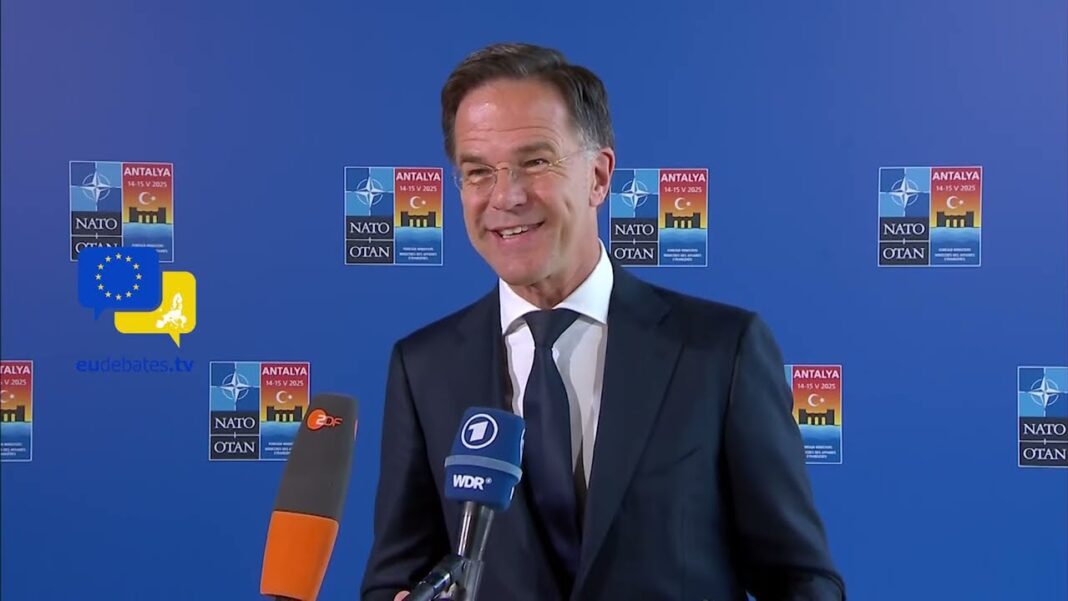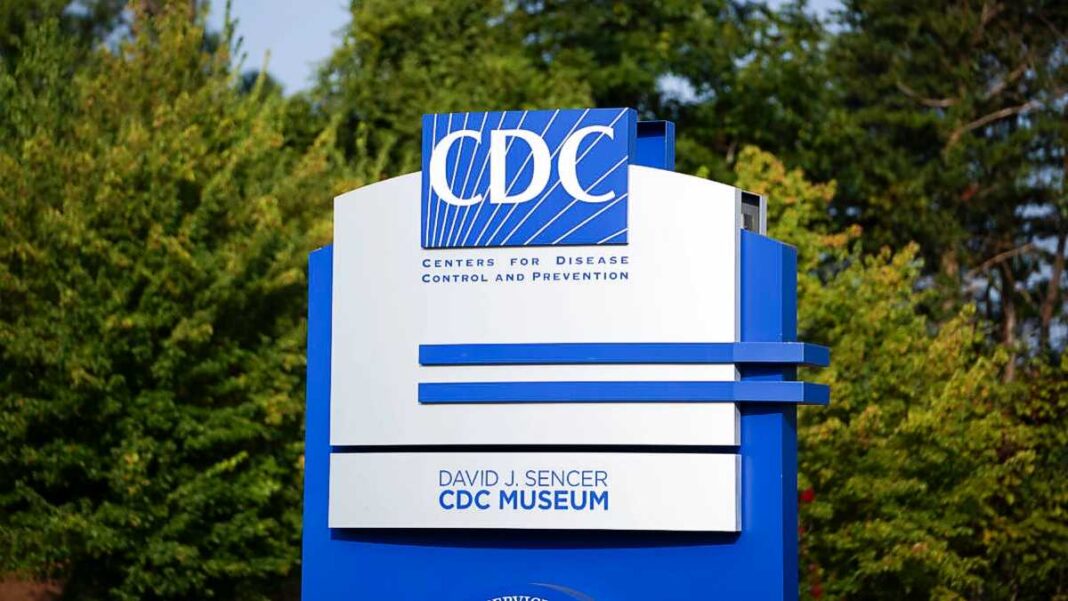The twice-a-year HIV prevention shot from Gilead has won regulatory approval after trials showed near-total protection.
Gilead Sciences announced on June 18 that the Food and Drug Administration (FDA) has approved its twice-a-year shot to prevent HIV, with company executives touting the medication as a “very real opportunity” at ending the HIV epidemic.
In a statement, Gilead said that clinical trials of the drug—called Yeztugo or lenacapavir—showed that the twice-yearly injection was highly effective, with nearly all study participants who took it remaining HIV negative.
“This is a historic day in the decades-long fight against HIV,“ Daniel O’Day, chairman and chief executive of Gilead Sciences, said in a statement. ”Yeztugo is one of the most important scientific breakthroughs of our time and offers a very real opportunity to help end the HIV epidemic.”
The FDA approval was based on results from two large clinical trials. In one study of over 2,100 individuals in sub-Saharan Africa, no participants who received the twice-yearly injection contracted HIV. In another study of more than 2,100 subjects, only two people became infected, meaning 99.9 percent remained HIV-free. In both trials, this result was superior to the background incidence of the disease, according to the statement. Gilead said the shot was well-tolerated, with no significant safety issues reported.
The approval makes Yeztugo the first and only twice-yearly injectable HIV prevention option in the United States, offering a new form of what’s known as pre-exposure prophylaxis, or PrEP. Unlike daily pills or bimonthly injections, Yeztugo provides six months of protection from a single dose—making it the longest-lasting PrEP option currently available, which could help reach individuals who face challenges with frequent dosing or medical visits. Currently, roughly 400,000 Americans use some form of PrEP.
Lenacapavir has been approved as a treatment for HIV since 2022 under the brand name Sunlenca, but what makes Yeztugo different is its use as a preventive measure—administered before exposure to the virus rather than after infection—and its unprecedented six-month dosing schedule.
“This is a medicine that only needs to be given twice a year and has shown remarkable outcomes in clinical studies, which means it could transform HIV prevention,” O’Day said.
By Tom Ozimek







